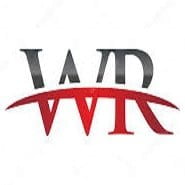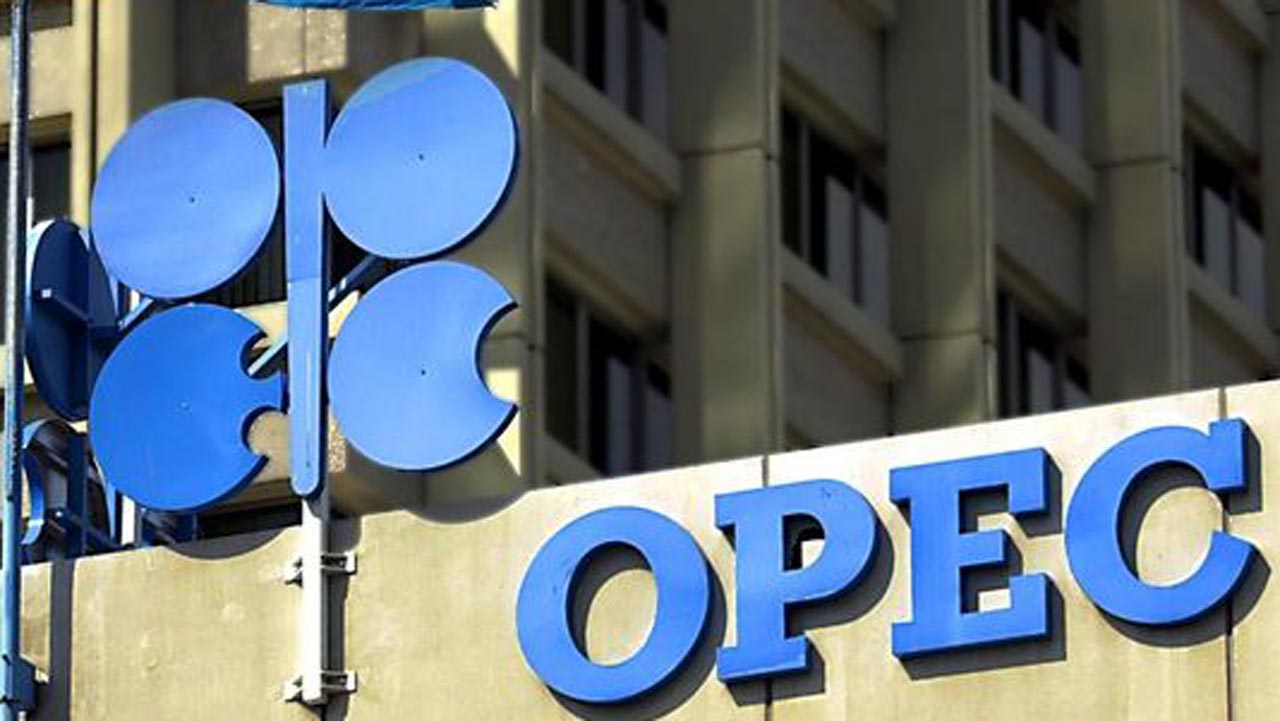-

-
Wikirise.com Advertise with Us HereStats: 4,783 members, 41,616 Posts
Number of Comments : 2,630
Date: Monday, 23rd December 2024
OPEC considers possible quota increase, redistribution over production challenges
By Godwin Emmanuel - June 30, 2022 | Categories: Business Tags: Economy
Share this post:

The Organization of Petroleum Exporting Countries and its allies, (OPEC+) led by Saudi Arabia, are expected to consider another production increase scheduled for August, completing the reversal of vast output cuts made at the outset of the pandemic in 2020.
The group must address mounting inflation, high prices at the pump and burgeoning demand that has reduced this year’s supply surplus to 1mn b/d, according to a report of the Opec+ Joint Technical Committee (JTC).
Some OPEC+ delegates expect today that ministers will confirm the 648,000 b/d August quota increase they provisionally sketched out at the start of the month. This will effectively bring forward by a month the hikes they had initially planned for July-September.
But in the weeks ahead, the deliberations of the cartel and its partners will grow more complicated. They must weigh pressure to cool $110-a-barrel prices by filling in the supply gap created by sanctions on fellow member Russia against the need to marshal their dwindling reserves of spare production capacity.
According to Argus, one OPEC+ delegate suggested the group could explore redistributing the August rise, as several producers have struggled to meet their quotas because of capacity constraints, chronic underfunding, infrastructural collapse and sabotage.
Nigeria’s crude oil production witnessed increasing production levels in the month of May after multiple laggard months, rising by 70,000 barrels per day and averaging 1.42 million bpd in May.
Reuters Crude Oil production Survey released last month based on Refinitiv Eikon flows data, revealed information from tanker trackers such as Petro-Logistics, and information provided by sources at oil companies, OPEC, and consultants.
Rising above Nigeria’s average output of 1.35mbpd, the survey stated that May’s output of the Organisation of the Petroleum Exporting Countries (OPEC) exceeded the rise planned under a deal with allies for the first time since February, citing higher Saudi and Iraqi supply combined with a partial recovery in outage-hit Nigeria.
Delegates have previously said such a proposal would get a cool reception, although one noted it could gain more traction as more producers exhaust their capacities.
Not all production increases will necessarily boost exports. The higher 648,000 b/d hikes come at a time when major producers including Saudi Arabia have seasonally higher domestic consumption for power generation needed for air conditioning.
OPEC+ has been under pressure to increase output and lower the strain on consumer households, notably from US president Joe Biden, who is due to visit Saudi Arabia on july 15 and 16. His trip will not necessarily result in further Saudi production — OPEC+ sources have stressed Riyadh’s focus on not depleting emergency spare global capacity to a point where prices soar.
OPEC+ ministers are also watching how Russian flows will stabilise, following western restrictions in response to Moscow’s invasion of Ukraine. The G7 group of major world economies is working on a proposal to impose a price cap on Russian oil exports to third countries, rather than additional restrictions to strip out supplies from the market.
Demand could rise further. The world’s largest oil importer, China, is experiencing a fragile recovery after strict Covid-19 lockdowns during the second quarter. Several government policies to protect households by cutting fuel taxes could also sustain buying appetite.
The eventual decision may hinge on next month’s visit to the kingdom by US President Joe Biden, who is reversing an initially tough diplomatic stance against Riyadh in the hope of enlisting its help in taming inflation and isolating Moscow. In the meantime, the Saudis are enjoying a spectacular revenue windfall of $1 billion a day.